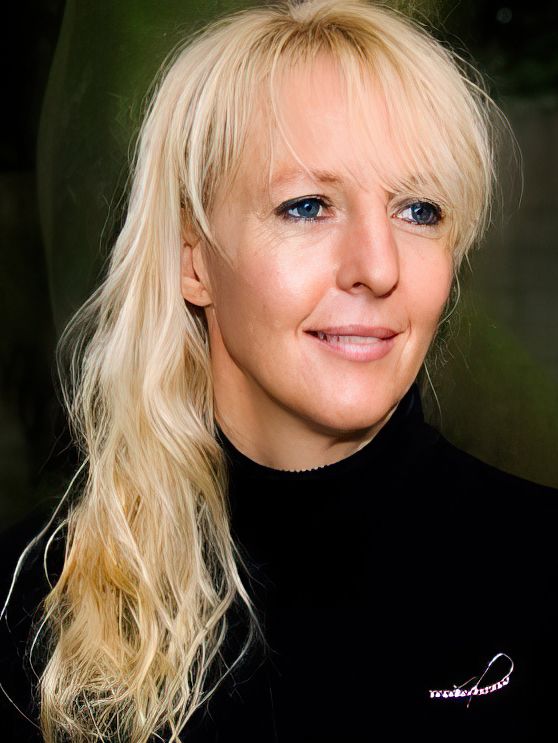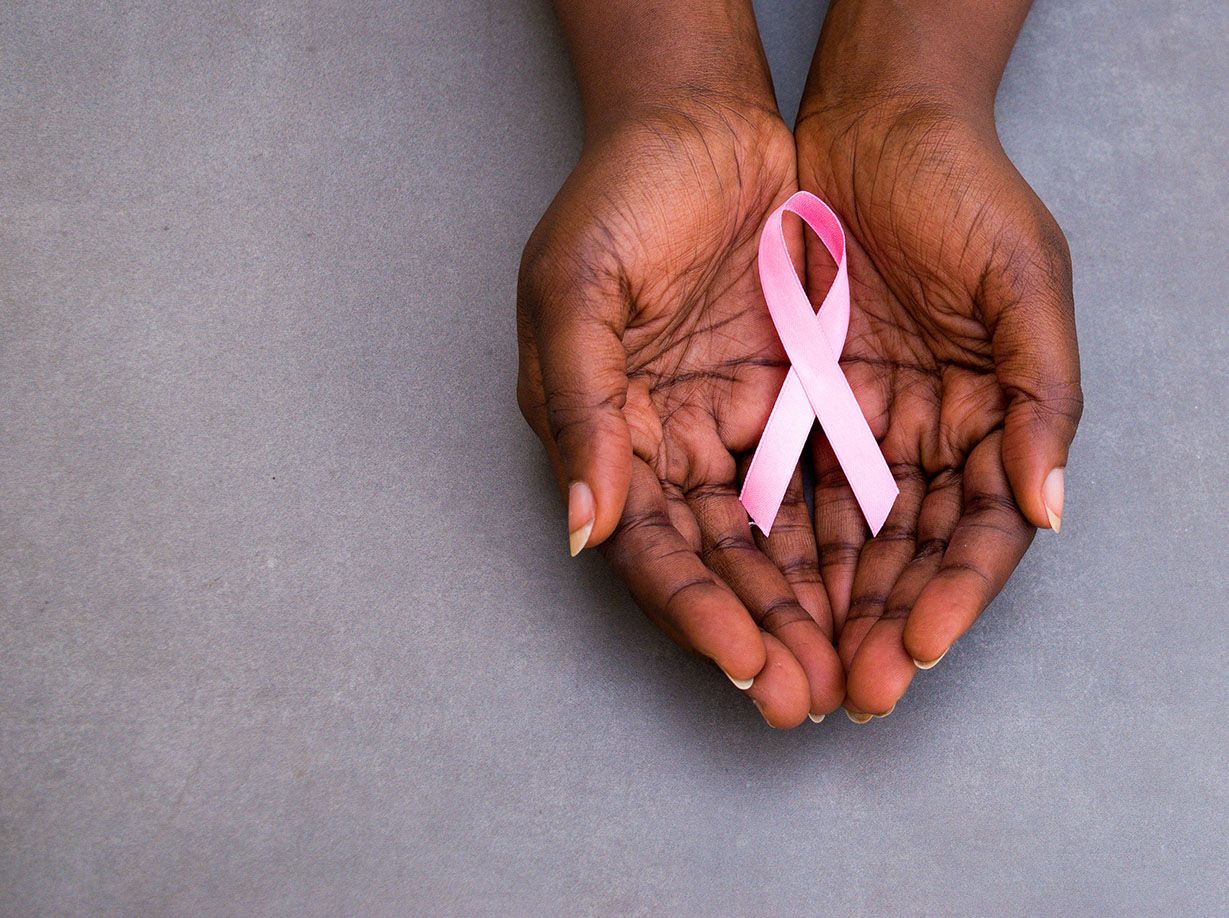
Reviewed by Prof Carol-Ann Benn,
Breast Cancer Surgeon: Netcare Milpark Hospital


Says well-known breast cancer specialist Prof Carol-Ann Benn: “In our unit there are at least four radiologists, four pathologists, three surgeons, four radiation specialists, nine medical oncologists, two IT specialists, ten navigators, at least five administrators, a survivorship specialist, complimentary health specialists. palliative care specialists, geneticists, psycho-oncologists, and health and beauty technicians.”

Breast cancer surgeon – The main point of contact for the patient and often the first person to formally diagnose them. They also tend to have expertise in biopsy techniques and imaging. “Generally, if the cancer is lazy (luminal A or B) and isn’t present in the lymph nodes, surgeons can bypass other members of the breast cancer team and perform a simple removal surgery. But this must be discussed with other members of the multidisciplinary team first.”
The types of breast cancer surgery are:
- Breast-conserving surgery (lumpectomy): Removes the cancer and a small amount of surrounding tissue
- Mastectomy: Removes the entire breast
- Sentinel lymph node biopsy: Removes a small number of lymph nodes under the arm to see if the cancer has spread
- Axillary lymph node dissection: Removes all the lymph nodes under the arm
- Breast reconstruction: Can be performed to rebuild the breast after a mastectomy.
Medical/radiation oncologist – Medical oncologists create personalised treatment plans, estimate disease progression timelines, and manage treatment side effects. They often prescribe and administer anti-hormonal therapy and chemotherapy to patients.
Radiation oncologists, on the other hand, use high-energy X-rays to destroy cancer cells. Says Prof Benn: “The pandemic has resulted in oncology teams becoming much more flexible. They have a variety of oncology drugs at their disposal, whether targeted or hormonal or cytotoxic.”
“It can be very frightening for patients when oncologists are called in to treat them. Keep in mind that members of the team should be designated as navigators to talk patients through this part of the treatment in particular.”
Breast radiologist – They read X-rays or MRIs to confirm diagnoses of breast cancer and perform image-guided biopsies of the breast. They are extremely important in the long-term follow-up of patients.
“Too often I see women who have a mass, and the mammogram and ultrasound are not done by a specialised radiologist,” Prof Benn says. “Remember to inform patients that these might not be covered by their medical aid. For many patients, it may be preferable to attend a state unit to undergo a review and biopsy for a fraction of the cost.”
Pathologist – Play an important role in identifying different types of breast cancer. This can help to determine the aggressiveness and degree of differentiation of the subtype that is present. Says Prof Benn: “We must know the biological type of the breast cancer we are facing. Is it Luminal A, B, Her-2 enriched, or triple negative? And which subtype of these are we dealing with? This helps to determine how we treat and with what.”
The role of nurses:
Oncology nurses play a vital role in the recovery journey. They do a lot of the hands-on work, including treatment administration and coordinated care. They keep patients informed about their treatment, help manage symptoms, and ensure medication and treatment schedules are followed.
images/Shutterstock.com



